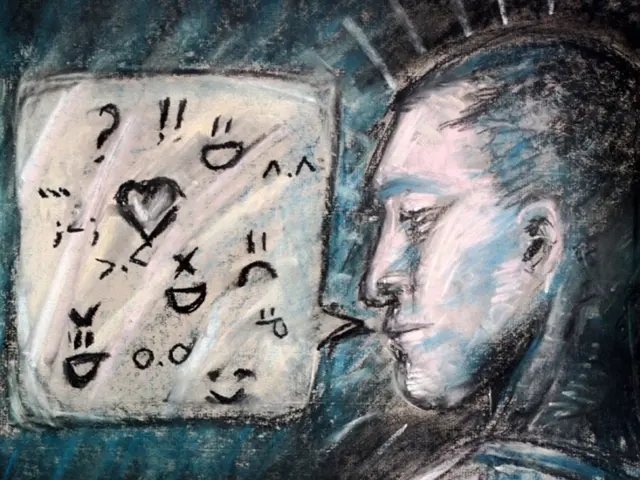Blockage in Key Artery Linked to Visual Field Loss and Dream Recall
Researchers have identified key arteries and brain regions crucial for visual processing and dream recall. A blockage in the carotid artery can lead to a specific visual field loss, as discovered in a study on homonymous hemianopia.
The posterior cerebral artery (PCA) plays a significant role in visual processing. It is divided into four segments, P1 to P4, with the P4 segment housing the parieto-occipital and calcarine arteries. These arteries supply blood to the visual cortex, working alongside the middle cerebral artery.
The calcarine artery, a branch of the PCA, serves a critical area of the primary visual cortex bordered by the cuneus and the lingual gyrus. It travels through the calcarine fissure, ensuring blood flow to this vital region. A blockage in the calcarine branch of the PCA can result in homonymous hemianopia, causing a loss of visual field in both eyes.
The cuneus and the lingual gyrus, both served by the PCA, have distinct roles. The cuneus aids in visual processing, while the lingual gyrus is associated with dream recall.
Understanding the PCA's role and its branches, such as the calcarine artery, is essential for comprehending visual processing and its disruptions. A blockage in the calcarine branch can lead to homonymous hemianopia, a condition that can also occur temporarily during migraine auras. Further research is needed to fully understand these complex processes and their implications.
Read also:
- FDA's Generic Mifepristone Approval Sparks Pro-Life Concerns Over Safety and States' Rights
- Understanding Child Development: Causes and Signs of Delays
- Pope Francis' New Book 'Let Us Dream' Offers Unity and Hope for Post-Covid World
- Stephanie Estremera Gonzalez: From Medical Assistant to Residential Manager at The Point/Arc








